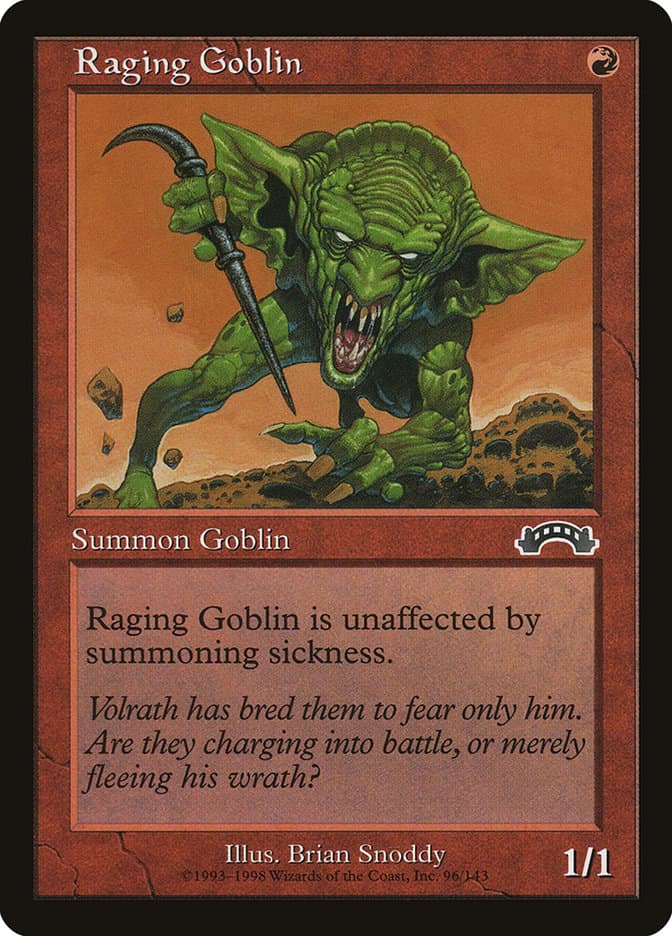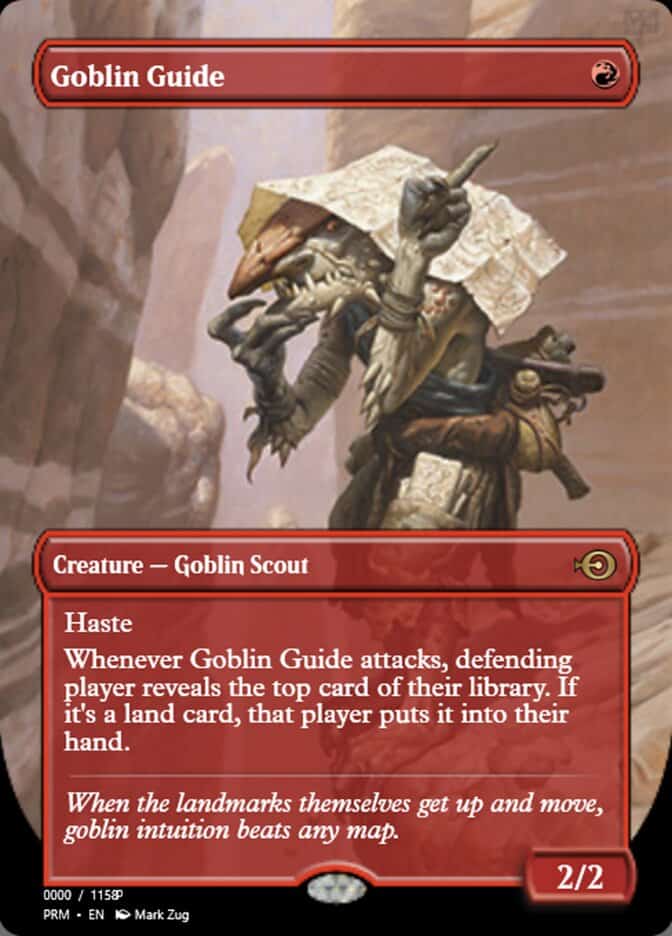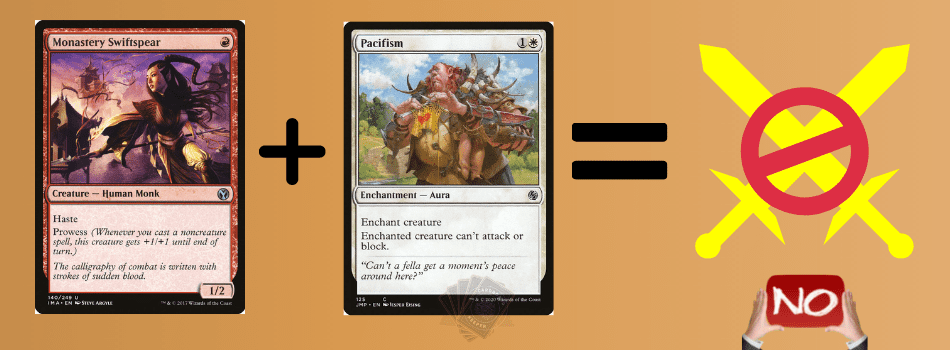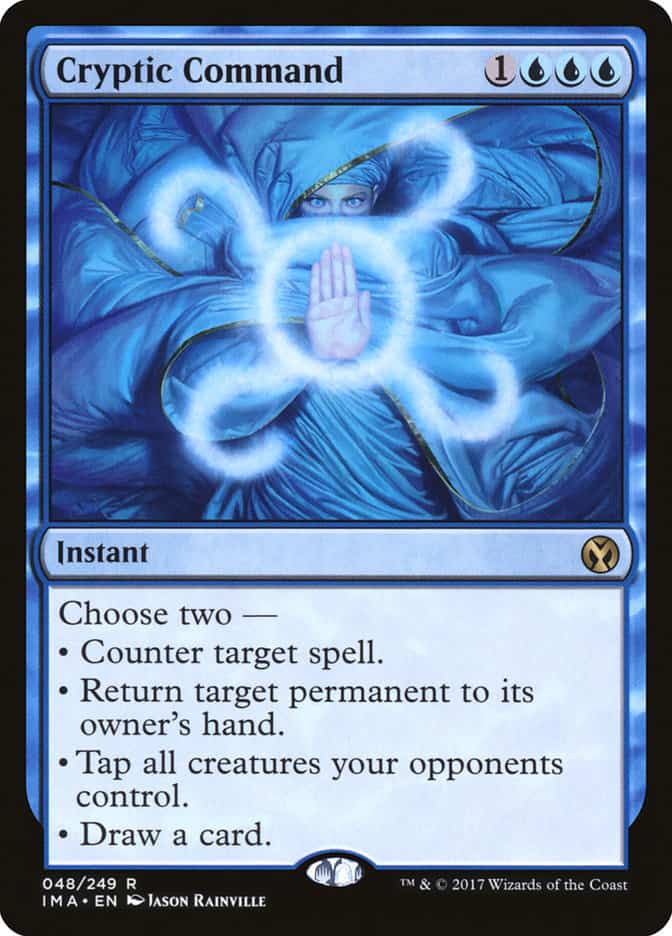MTG is a complicated game, and there’s little more complex than its keywords – like the haste ability. I’m sure we’ve all played a match where our opponent casts a creature and then immediately attacks with it. What’s up with that; how does haste work in Magic The Gathering?
Creatures with haste can attack and activate their tap abilities when they enter the battlefield. Other creatures cannot do so due to summoning sickness. So, the haste keyword allows a creature to ignore summoning sickness and be immediately helpful.
Now that we understand the basics of haste, we can see how this keyword mechanic functions in practice. This article will look at the most frequently asked questions about the haste keyword in MTG and give examples to explain them.
What Kind of Ability Is Haste MTG?
Haste in MTG is a keyword ability that allows a creature to attack or activate a tap ability the turn enters the battlefield or otherwise comes under your control.
You’ll find that most haste cards are red, but this ability is also secondary in green and tertiary in black.
Not only that, but this ability is one of the oldest in the game!
Although it didn’t become a keyword until Sixth Edition, cards with this mechanic have appeared since the first MTG set, Alpha. It’s stood the test of time.

Does Haste Cancel Summoning Sickness?
Haste cancels out summoning sickness. Older cards – from before Sixth Edition, when MTG designers made haste a keyword – say “this creature is unaffected by summoning sickness”. They’re the same thing exactly.
However, it’s important to remember what summoning sickness is and what it isn’t. Summoning sickness only stops a creature from attacking or using abilities with the tap or untap cost.
So, even without summoning sickness, you can still use a creature to block or activate its other abilities. Haste has no effect here since summoning sickness doesn’t prevent these actions.
After all, the lore behind this rule makes sense.
If a planeswalker summons a creature, it’ll be so disoriented that it can’t do anything more than simple actions like self-defense. However, creatures with haste have additional energy and aptitude and can act immediately – or so the Magic lore would suggest.


How Do You Use Haste in Magic The Gathering?
Haste is an aggressive ability, so it works best in decks that need to deplete an opponent’s life total quickly.
For example, Red Deck Wins relies on potent haste creatures like Goblin Guide and Monastery Swiftspear to race against their opponent.
These creatures have low mana values but are helpful immediately. So, while your opponent is still setting up their board, you can instantly start dealing damage. Compared to a single three-damage Lightning Bolt, a cheap haste creature can quickly deal over five damage before dying.
This style is one of the most effective uses of haste. It demands an answer from your opponent when they either won’t have one or can’t afford to stop their development for one.


However, haste can still be effective later in the game. Discard staples like Bloodghast and Vengevine are powerful at any stage in the game since they can suddenly enter the battlefield from the graveyard and attack for large amounts.
Likewise, haste creatures can also close out a game. Because they’re so fast, your opponent often won’t be able to respond to them in time.
Craterhoof Behemoth is an excellent example of that. If your opponent can’t counter it or kill it right after entering, this massive creature will likely win you the game.
Giving your creatures the haste keyword is an effective strategy, too. Cards like Zariel, Archduke of Avernus, and Concordant Crossroads make all your creatures significantly more aggressive. With these cards, you can immediately attack or activate tap abilities – putting you miles ahead of the opposition.

Remember, though, that creatures can be unable to attack for other reasons than summoning sickness.
Sometimes an enchantment like Pacifism can stop a creature from attacking. Similarly, creatures with Defender can’t attack either. The haste keyword doesn’t circumvent those restrictions.
Can Creatures with Haste Tap?
Creatures with haste can tap the turn they enter the battlefield because they’re unaffected by summoning sickness. Typically, you can’t activate a creature’s tap abilities until you turn begins with them under your control.
There’s nothing in the rules about haste creatures being unable to tap, though. The only difference is that they can tap sooner than other creatures. A creature having haste doesn’t mean it doesn’t tap when attacking either – that’s a different ability, vigilance.


So, for example, let’s say I control Deathrite Shaman, a creature with three potent tap abilities. The turn enters the battlefield; I can’t activate any of them – this card would have summoning sickness.
However, at the start of my next turn, its summoning sickness would disappear. Afterwards, I can tap Deathrite Shaman and use its abilities – like exiling cards from graveyards, adding mana, or burning my opponent.
In contrast, imagine I control Anje Falkenrath, a creature with haste. I can activate this creature’s tap abilities the turn it enters the battlefield.
This ability is, in fact, powerful since Anje Falkenrath taps to discard a card and then draw another. This immediate rummaging ability has made the card one of the most competitive commanders in MTG’s history.

You can also tap down creatures with haste. This keyword mechanic doesn’t prevent a creature from being tapped by other spells or abilities. So, cards like Cryptic Command can still tap haste creatures for a turn.
There are other ways to play against the haste keyword too. These creatures are vulnerable to removal, especially kill spells – red isn’t a color with many protection abilities. Likewise, you can counter haste creatures or force your opponents to discard them with hand attacks.
Haste creatures, while deadly, don’t necessarily have good stats either. If you’re playing on the curve, your creatures should be able to trade favorably with them in combat.
MTG Haste Official Rules
702.10a Haste is a static ability. (Source)
702.10b If a creature has haste, it can attack even if it hasn’t been controlled by its controller continuously since his or her most recent turn began. (See rule 302.6.)
702.10c If a creature has haste, its controller can activate its activated abilities whose cost includes the tap symbol or the untap symbol even if that creature hasn’t been controlled by that player continuously since his or her most recent turn began. (See rule 302.6.)
702.10d Multiple instances of haste on the same creature are redundant. (Source)
Final Thoughts
The haste ability is an MTG keyword that allows a creature to ignore summoning sickness.
So, haste creatures can attack and activate tap abilities when they enter the battlefield. Because of that, this ability has become a cornerstone of aggressive decks.
